How to Ride an Electric Bike After Knee Surgery
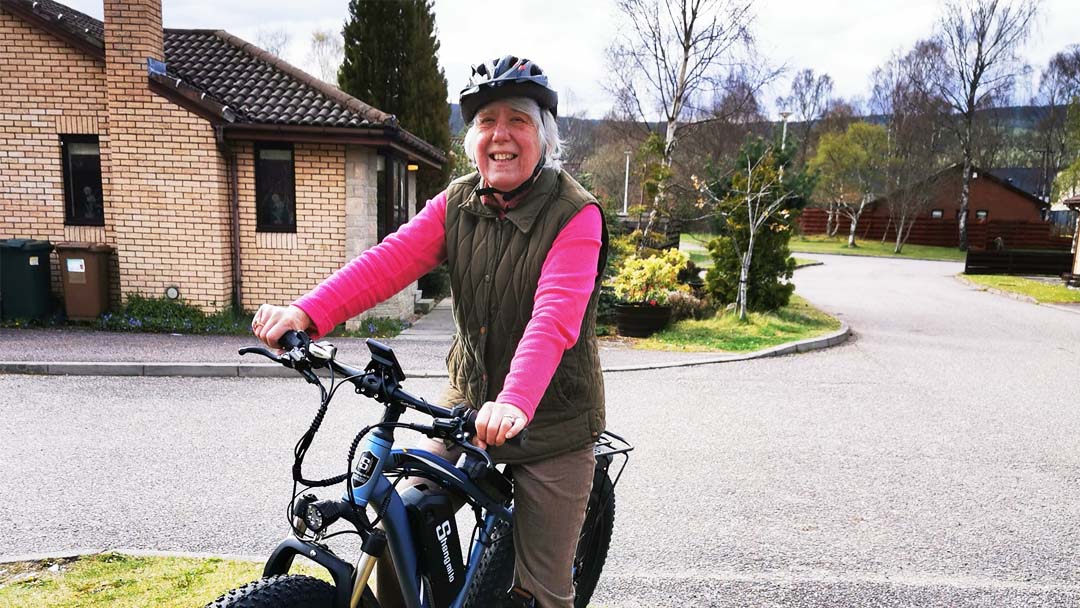
Knee surgery is never a pleasant experience, but in extreme cases, it may be necessary. Especially with age, the knee, one of the most important joints in the human body, will fall victim to various diseases. Our knees have been punished a lot, and it's been a huge effort for us constantly. The knee takes a lot of wear and tear from exercise and the stresses of daily life, so it is a common place for surgery and joint replacements.
Can I continue to ride a bike after total knee replacement? This is one of the most common concerns cyclists express to their surgeons when considering total knee replacement. In short, yes it is. People who have had knee replacement surgery benefit greatly from cycling as part of their recovery.
Most patients experienced a decline in their physical activity levels after knee replacement surgery. There will never be a time in our lives when everything goes according to plan, but that doesn't mean we should give up doing the things that bring us joy; instead, we should look for more efficient and convenient ways to get things done.
Listed below are some helpful tips to help you get back on your electric bike after knee replacement surgery so you can keep riding even if your knee may no longer be in top shape.
Why is riding an electric bike the best?
Why are electric bikes so helpful for people who have had knee replacement surgery? because they have an electric assist system that can be used in combination with normal pedals or independently for short distances. Here are some basics for each mode:
Driven by Electric Motor to Assist: This setting is also known as "pedal assist" because it is used when the electric motor and the drivetrain are used to supplement the standard pedals. It can be beneficial for riders with limited mobility or those recovering from knee replacement surgery, as it allows them to put less stress on their bodies by letting the bike do some of the work. The pedal assist feature also helps the rider because it makes the rider less likely to have to work too hard.
In electric-only mode, the electric motor and drivetrain do all the work, so the rider doesn’t even need to pedal. If you're looking to take a break from pedaling while riding, whether it's because you're tired of the uphill section or just want to give your body a break from the strain, hills are the perfect place to stop and rest.
What should electric bike riders be aware of after knee replacement surgery?
Now that we've covered why electric bikes are so helpful for people who want to get back in shape after major knee surgery or just don't want to put too much stress on their joints at any point, we can move on to discussing how you can get back into shape after knee replacement surgery Back to the world of electric bikes, and enjoy the sport.
Get enough rest before you start cycling
When you hop on an electric bike, there's no rush to ride; just get plenty of rest to prevent further pain or joint damage. Don't bother exercising your knee until you've given it enough time to heal. Get plenty of rest and take any medicines or supplements your doctor has prescribed for you to take after surgery. At the same time, it may be necessary for you to eat foods rich in calcium and vitamins.
While your knee joints may look strong, they have blood vessels inside them that help your body repair itself. New blood cell lines can help your body heal broken bones. Check with your family doctor or physical therapist to see if you have the range of motion needed to ride safely.
Get the right equipment
Finding the right electric bike that will allow you to pedal comfortably after knee surgery can be a challenge. We all have a natural rhythm, and our bodies perform best when the electric bike’s cranks rotate with steady and comfortable resistance. The goal of an electric bike is to allow you to change gears and motor speeds so you can pedal at a steady and comfortable pace even as the terrain changes.
Also, stopping, starting, or speeding up on an electric bike gives you the best chance of getting better quickly and getting back to normal activities.
As I mentioned above, electric bikes just keep getting better. Electric bikes were created to help humans accomplish tasks more efficiently and, most importantly, more easily. Likewise, choosing the right tool can relieve your stress and save you a lot of trouble; choosing the right electric bike can greatly simplify your journey to recovery and getting back into the saddle.
Some added electric bike buying tips for the post-knee rehabilitation process.
After talking to others who have used the post-rehab process for an electric bike, here are some tips when looking for an electric bike that fits your needs and budget:
Riders are better off choosing a bike with long-range gears. Buying an electric bike, such as the Shengmilo MX02S, is ideal for more convenience while riding. Electric bikes give you the option to enjoy the fast-gliding feel of your ride without having to hit the gas pedal hard. You can ride up to 50 miles on a single charge with more than five levels of pedal assist; the Shengmilo MX02S has a Shimano 7-speed shifter and five levels of pedal assist to hit 25 mph with just the throttle. Given that you're still recovering and getting back in shape, you'll get less stress and more efficiency with less pedal power. If you have any pain or discomfort in your knees, you can easily switch from pedaling to simple cruising. Having an electric bike to commute on to get off work after knee replacement surgery is a very good idea. This would be the best gift for parents.
Make the bike comfortable
Once you have the right equipment, you can adjust it to make it as comfortable as possible for you. Before you find your ideal height and riding position, you'll need some practice. Adjustments can be made for bar height, reach, inclination, seat height, seat back angle, seat angle, anti-skid alignment, and seat height. The saddle is a critical component in determining whether an electric bike is right for the rider. Tilt your saddle so you can ride upright. If your posture is fine regardless of the height of the saddle, the saddle may be too high. If the saddle is too far forward, you may experience knee pain when pedaling. The saddle can be temporarily pushed back or raised to relieve pressure on sore knees. If you experience back or knee pain while riding, move the saddle forward or lower it. Try to find an electric bike that adjusts the saddle to your needs. A professional electric bike fit is a good idea if you want to avoid the discomfort of adjusting your position while riding. By doing this, you can make sure your electric bike fits.
Start slowly
As I've already said, persistence is the key. Your doctor has given you the green light to start cycling outdoors, but first, you need to build your endurance on an indoor stationary bike. Start the process gradually, paying close attention to how your knees react before you start pedaling. Feel free to use the cruise mode of the electric bike to measure the range of motion of your knees. Turn the crank slowly, expecting that you won't be able to turn it all the way. Do some slow pedaling for a few minutes. With continued practice, your flexibility should increase quickly.
Making progress on electric bikes
Depending on how long it takes to regain full range of motion, you should be able to bend your knee to 90 degrees in a few days or weeks. After completing a full round, increase light resistance to increase stamina and strength. If your knee is bothering you, it's best to take it easy. If you start to experience knee pain, you should stop immediately. You work hard to stay in shape, but that doesn't permit you to abuse your body. Maintaining proper torque and speed while riding can help you reduce the amount of power your body produces while maintaining the efficiency of your electric bike.
Wear safety gear and protective gear
Use knee pads to protect your knees and maintain proper posture while riding an electric bike. Please be careful in order not to hurt yourself. Knee pads and braces help isolate and protect the knee joint. When a cyclist wears shoes that keep their feet from slipping off the pedals, they have to work harder.
If you follow all of the follow-up medical appointments, exercise regularly and properly as directed by your therapist, and strike a healthy balance between rest and activity, you should be able to resume cycling without any knee pain or stress if you follow all the above instructions.
The need for knee surgery shouldn't frustrate anyone. If you follow these guidelines, you won't have to go without your electric bike for a long time. If you experience any pain or discomfort during your recovery, please contact your doctor and be sure to follow their advice. Try to make progress in your mobility practice during physical therapy. I'm recovering from knee surgery by first riding a stationary bike to get used to pedaling again, then switching to an electric bike.
Follow these safety precautions to avoid knee surgery and extend your riding time on an electric bike.








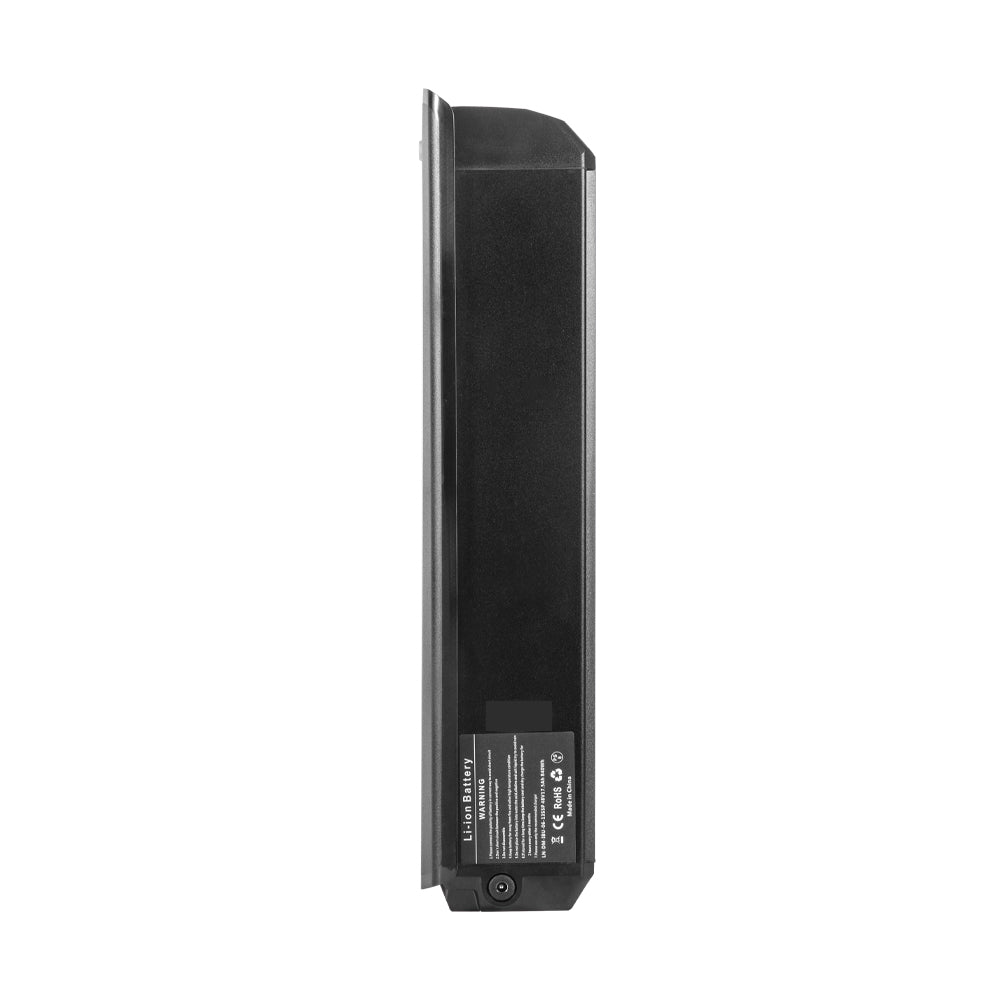

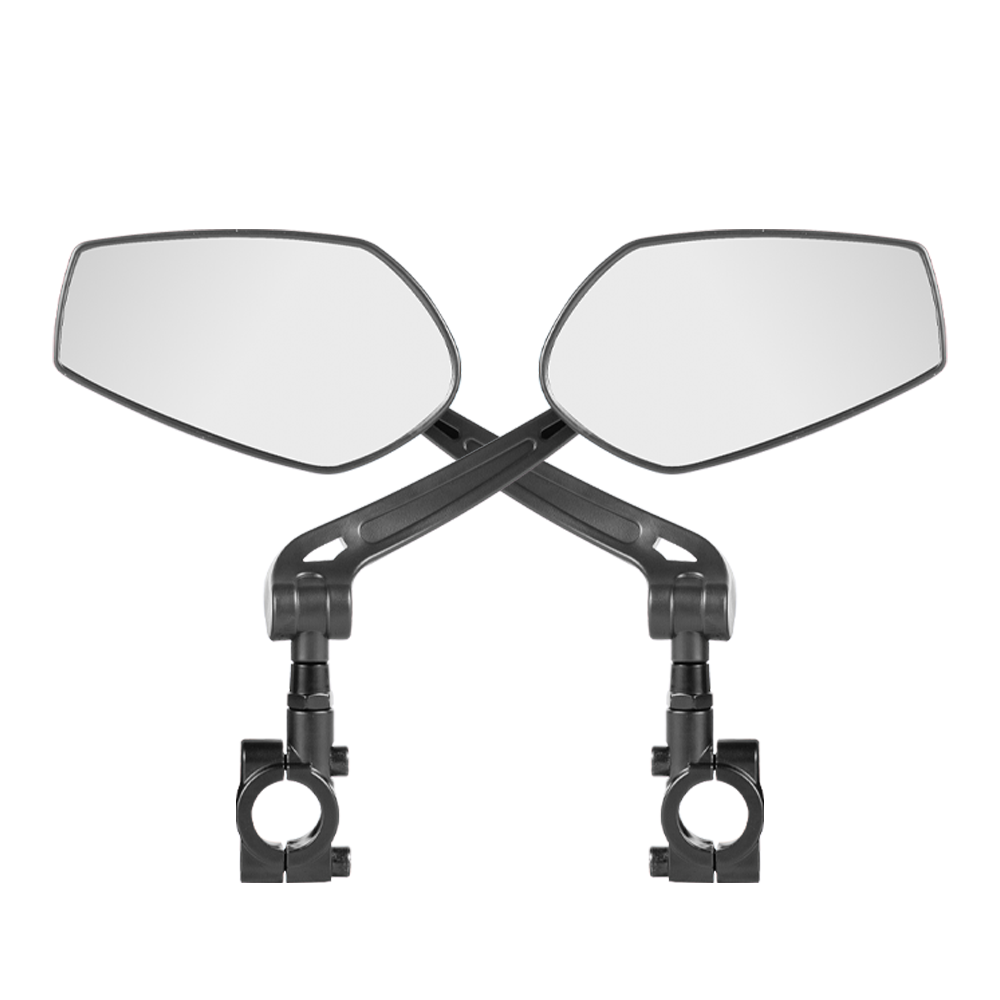


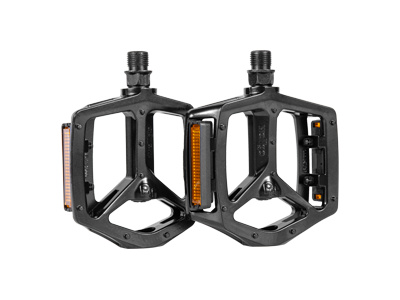
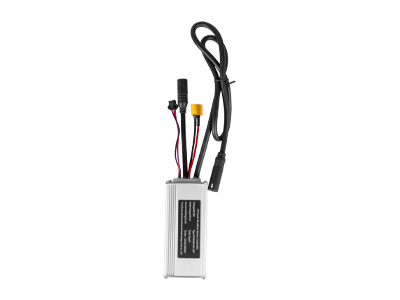







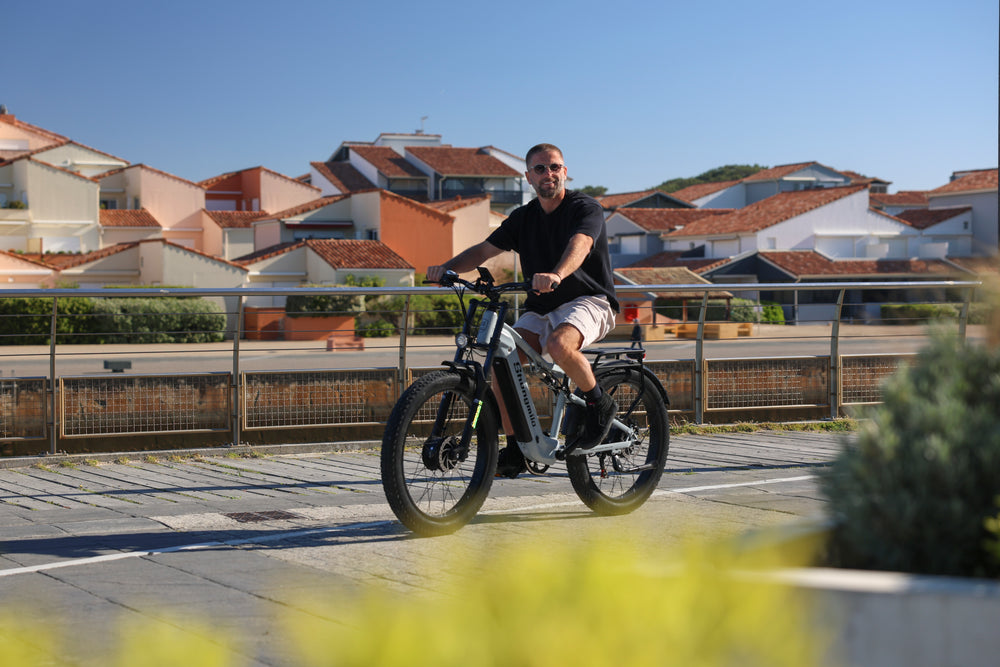
Leave a comment